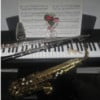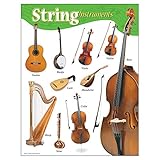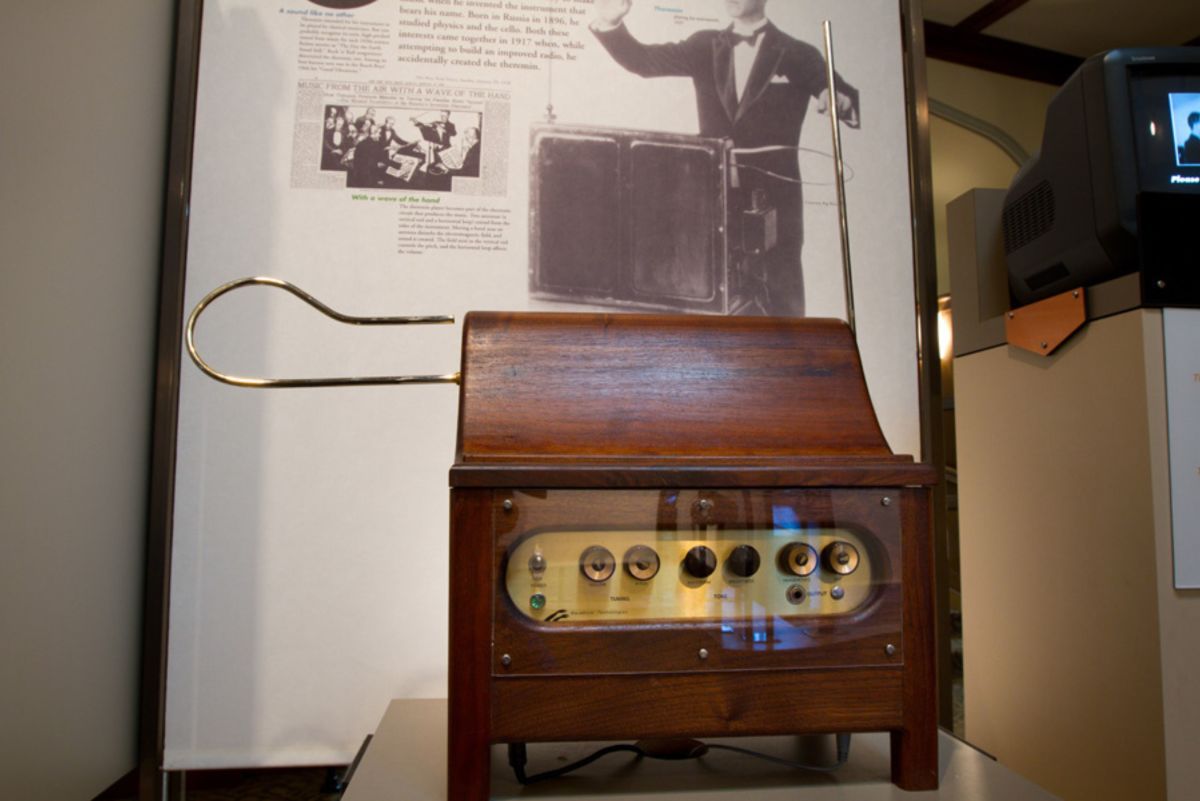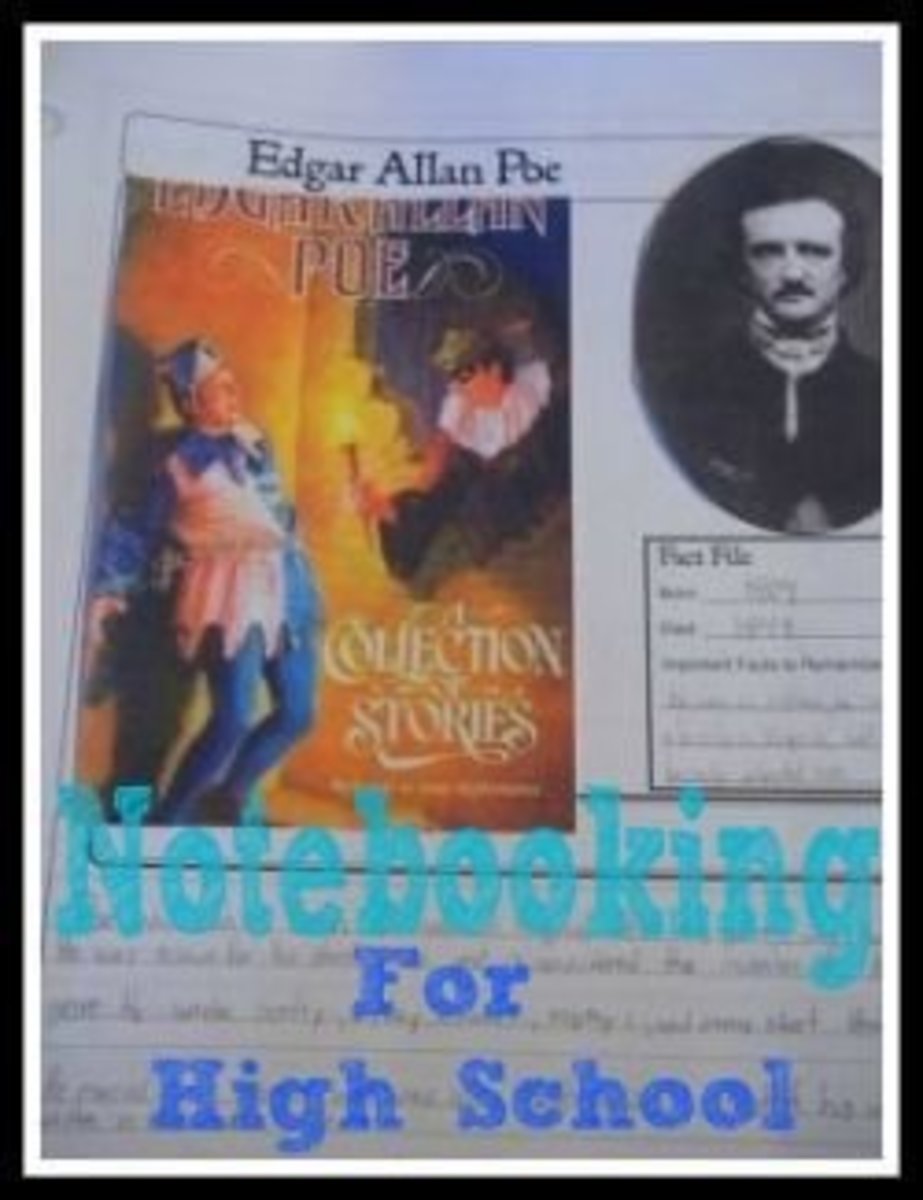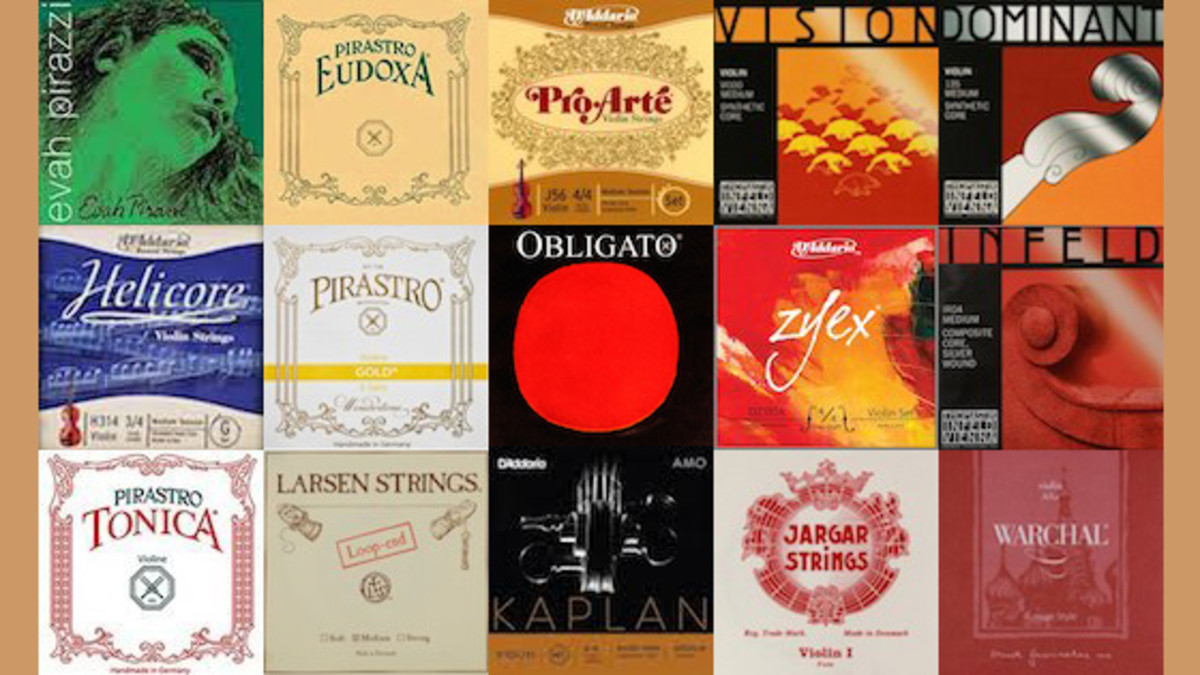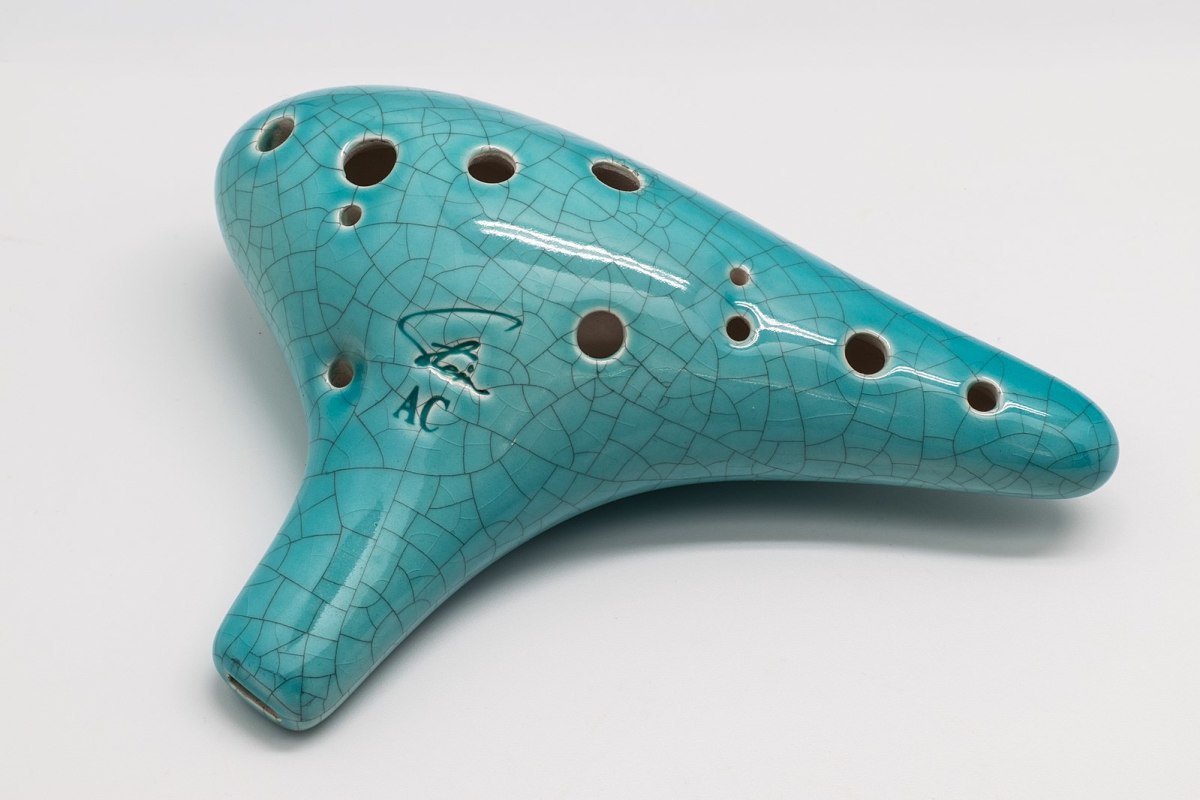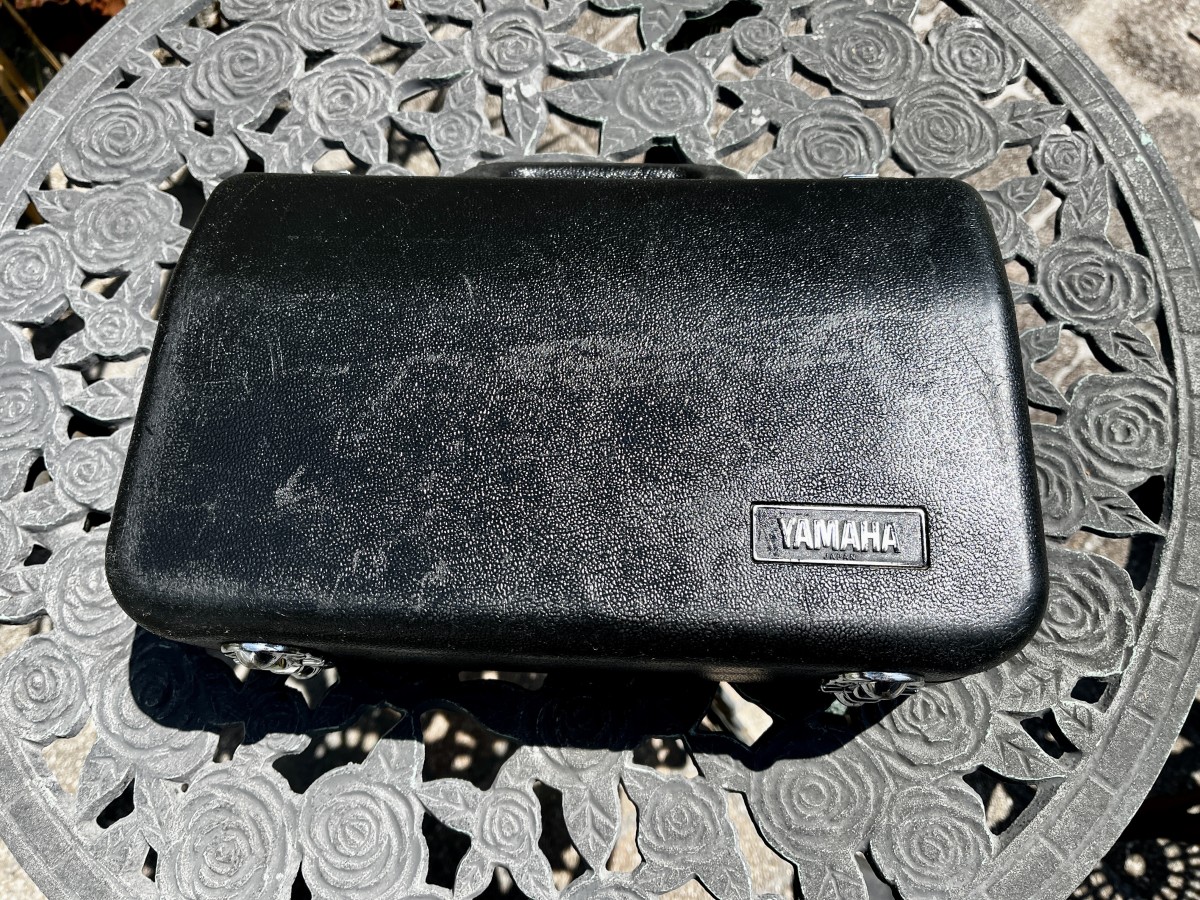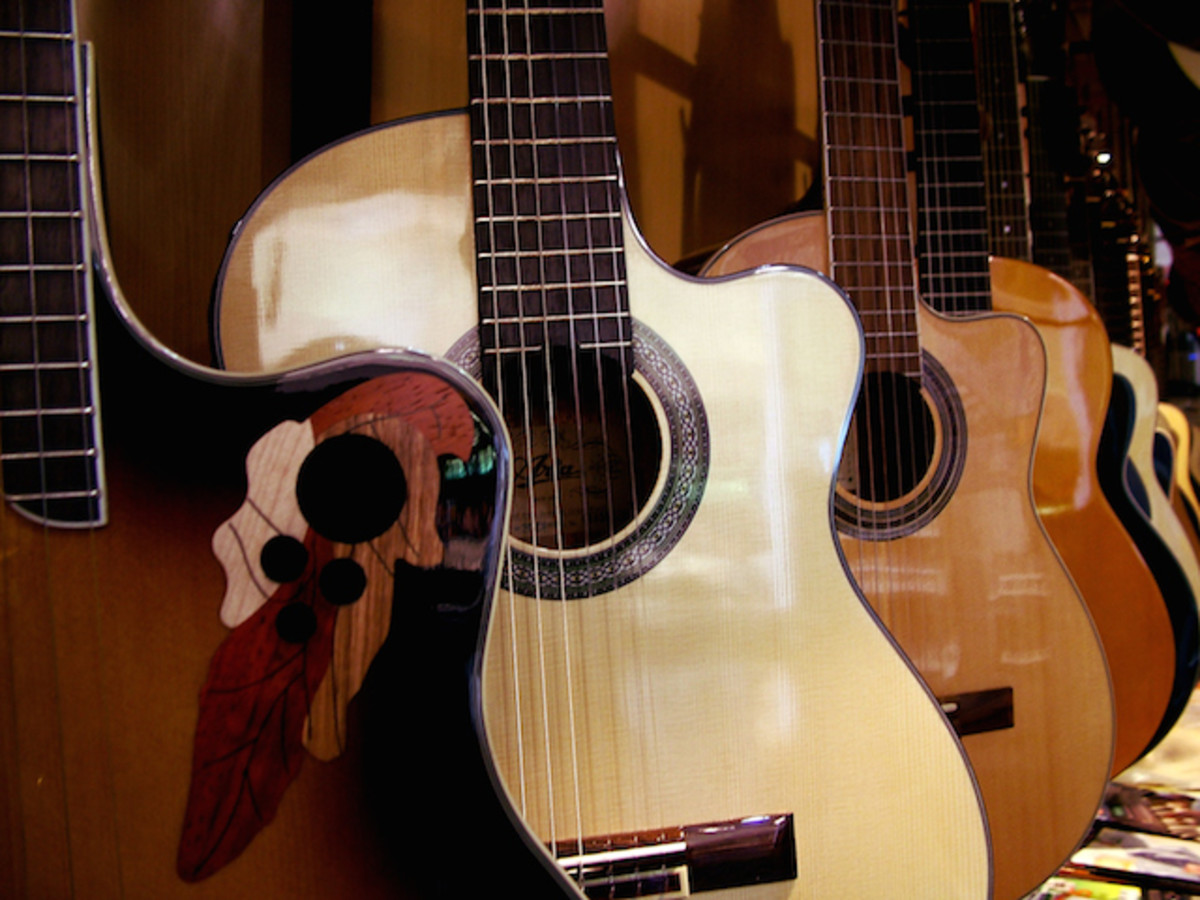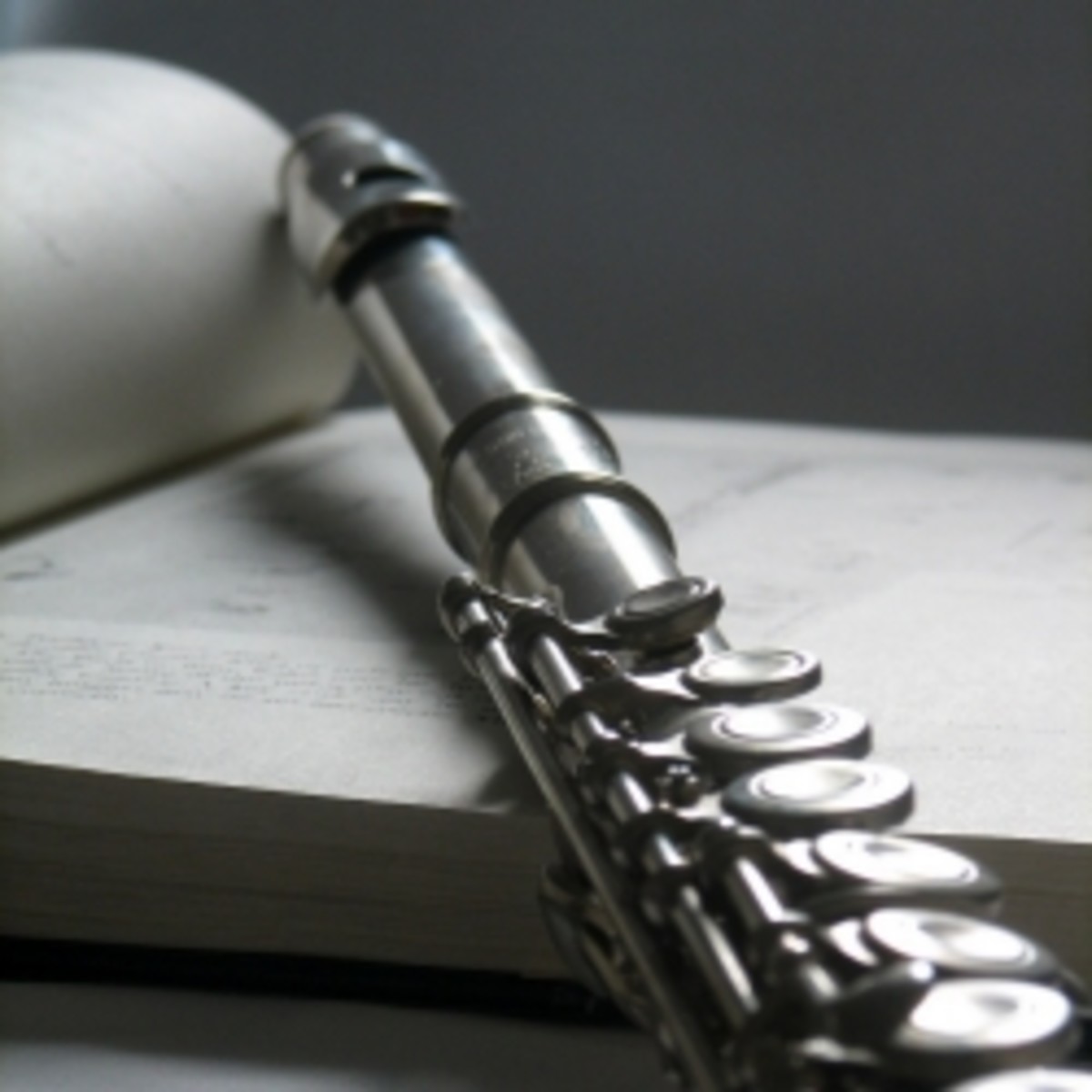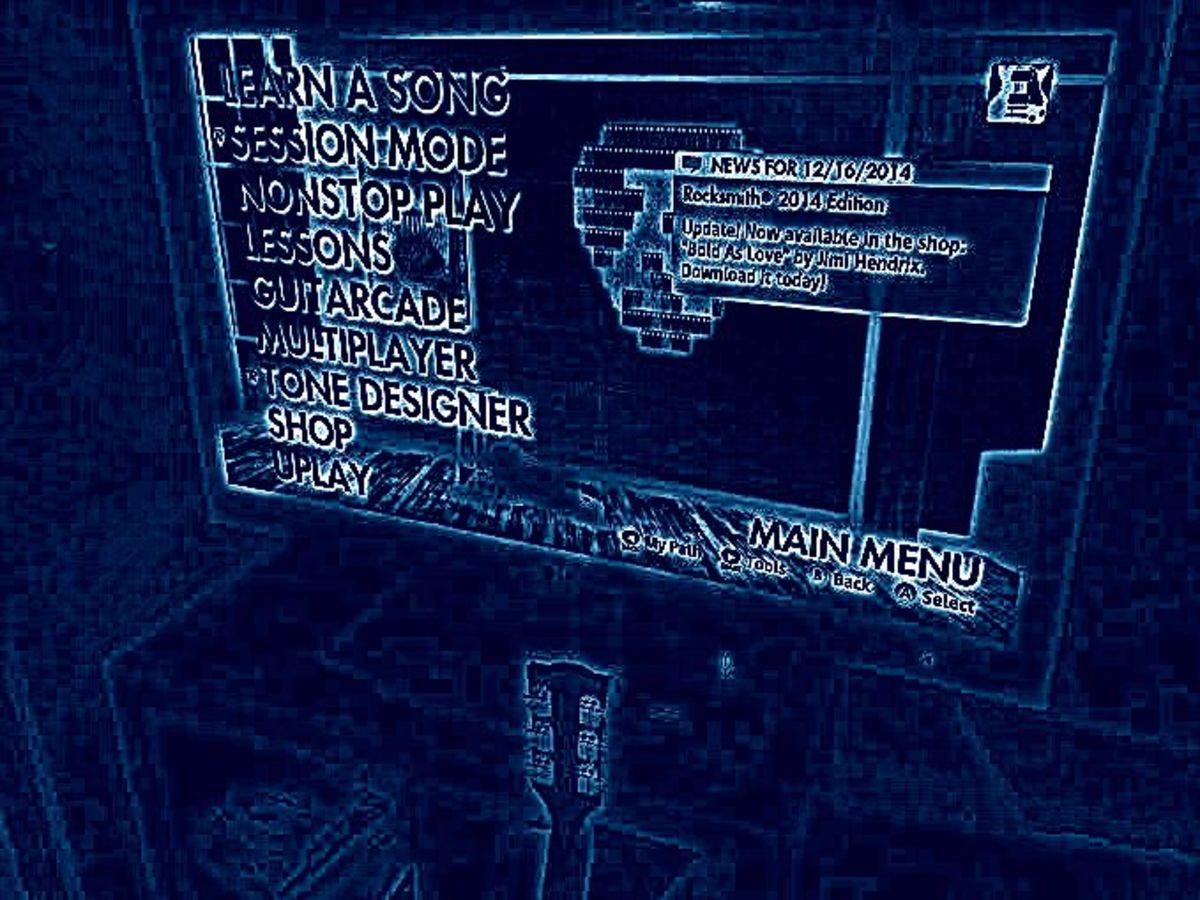Orchestra: The String Family Lapbook Unit
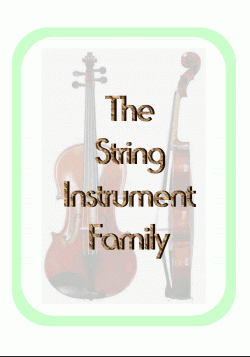
Super String Instruments!
Super, spectacular symphonic string instruments! Soothingly sing along with the slow, slippery, sliding bow strokes or skip along with the spirited, sparkling, staccato sounds of strings!
Beautiful string instruments have existed far back in human history. The Bible contains the first record of music in Genesis 4:21, "Jubal; he was the father of all who play the harp and flute." String instruments have been created all over the world in many ways and have changed over the years, but they have always been a loved instrument. Have fun learning!
Learn about the string family of instruments in this study unit. Pieces for a String Instrument Lapbook or Notebook are included if you like, or just use the materials, links, and games to start your learning.
String Instrument Family Lapbook Unit - Lapbook Components
Some of the sections have more than one way to document the information. I did this because of the different ages and preferences of my children, so, just pick what works best for you!
· The String Instrument Family: Cover Page
· Bible Verse: Cards & Pocket
· Bible Verse: Copywork Pages
· Bible Verse: Poster / Pocket
· String Instrument Vocabulary: Flap Book
· History of Stringed Musical Instruments: Notebook Pages and Mini Book
· String Instruments through Time and Place: Book
· String Instrument Notebook Page - use with any part of the unit.
· Characteristics of the String Family: Notebook Page and Mini Book
· String Instrument Parts
· Orchestral String Instruments: Violin, Viola, Cello, Bass, and Harp Matchbooks
· Non-Orchestral String Instruments: Tab Book
· Rubber Band String Instrument: Accordion Book
· Experience Vibration Experiment: Accordion Book
· Music & Science: Notebook Pages
· My Musical Instrument Creation: Notebook Pages
· Who was Stradivari?: Tri - Fold Book
· Construction of Stringed Instruments
· String Instrument Cards: Flashcards, Matching Game, or Go Fish!
· Stringo Bingo Game
· Instruments of the Orchestra: Tab Book
· Computer Websites: Simple Book
· Book Resources: Simple Book
- String Family Lapbook Unit
All the lapbook pieces, notebook pages, lesson plans, answers, and resource links for you to print and use. - String Instrument Lapbook Pictures
Cross Rhodes Academy ~ Please check out pictures from my friend Tajuana's family at Lapbook Lessons! They did a fabulous job with it!

Strings in the Bible
Lapbook: Flashcards & Pocket, Notebook Pages, Poster / Puzzle
· There are a tremendous amount of Bible verses that involve the playing of stringed instruments!
· The lapbook parts contain a sampling of these verses on flashcards, blank cards to write your own, a pocket to store the cards in the lapbook, 3 notebook pages for copywork and /or memorization, and a poster.
· The poster may cut up into a puzzle to help memorization. I cut just a few pieces for my little guy, and let the older kids cut theirs however they want. They like to play with them and switch with each other for more practice.
Read all about them - ... the string family!
History of Stringed Musical Instruments
Lapbook: History of Stringed Musical Instruments: Notebook Pages & Mini Book, String Instruments through Time and Place Book
- New York Philharmonic's Kidzone
The NYP Kidzone is awesome! Use this site to study the history of stringed instruments. Enter the "Locker Room", walk the person to the left in the string storage room, click on the word "strings" and each instrument picture to learn of our modern in - The Guide to Symphony Orchestra Instruments
This guide provides the history, description, and sound samples of orchestral instruments.
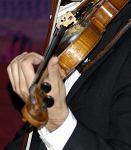
String Instrument Vocabulary
Lapbook: Vocabulary Flap Book
· Suggested terms for study: banjo, bass, bow, bridge, cello, clef, family, fiddle, fingerboard, guitar, harp, harmony, instrument, lute, lyre, mandolin, melody, neck, octave, orchestra, parts, peg, pick, pitch, pluck, resonance, resonating box, sound holes, strings, symphony, tailpiece, treble, tuning pegs, ukulele, vibration, viola, violin
String Tips

Characteristics of the String Family
Lapbook: Use the Characteristics Notebook Page or Mini Book for notes.
Characteristics of the String Family:
·All members of the string family have strings on them.
·The strings are made of steel, nylon, or animal gut.
·The bowstrings are made of horsehair.
·Most string instruments are played by rubbing the bow across the strings, or plucking the strings with the fingers or a pick.
·String instruments wooden bodies are arched and hollow inside.
·Long necks exist on most stringed instruments.
·The strings are attached tightly to pegs at the top and the bottom tailpiece grid.
·The left hand fingers push on different strings and locations on the strings to make varying pitches.
·The right hand moves the bow across the strings or plucks the strings with the fingers.
·Wood pieces are glued together instead of nailed.
·Many layers of varnish are applied to the outside of string instruments.
Parts of a String Instrument
Lapbook: Cut out and fold a page or two from Enchanted Learning below to add to your lapbook. Research at one of the orchestra sites and label a picture of the parts.
· body · bow · bridge · clamp · fingerboard · frog · horsehairs · neck · peg box · pegs
· sound holes · strings · tailpiece · tuning pegs · others!
- Label String Instruments
Orchestra family printouts to label. The answers are located here also. - String Section at Play Music!
Help the Maestro put the broken virtual violin back together! Look at the top for links to learn about those parts.
Musicians!

Do you play a string instrument?

Orchestral String Instrument Descriptions
Lapbook: Use matchbooks of violin, viola, cello, string bass, and harp in your study.
Violin:
· The violin is the smallest member of the orchestral string family.
· It has the highest pitch 'soprano' of orchestral string instruments.
· Orchestras include more violins than any other instrument - about 30 per orchestra.
· Violins in an orchestra play two different parts, the 1st part is mostly melody, and the 2nd part can be melody, but many times is harmony.
· The violin is 24 inches long and has 4 strings.
· It has a 29-inch long bow.
· Music is written in the treble clef for violins.
· The violin is held with the chin and shoulder.
· The left hand fingers push on different strings and locations on the strings to make varying pitches.
· The right hand moves the bow across the strings or plucks the strings with the fingers.
Viola:
· The viola looks like violin but is a little larger.
· It has a slightly lower pitch than violin (by five7 half steps or a 'perfect' 5th).
· There are 10 - 14 violas in a standard orchestra.
· It is 27 inches long and has 4 strings.
· The bow is 29 inches long and stronger than the violin's.
· The viola's strings are thicker than violin.
· Music is written in the alto clef for violas.
· It is held between the chin and shoulder.
· The left hand fingers push on different strings and locations to make varying pitches.
· The right hand moves the bow across the strings or plucks the strings with fingers.
Cello:
· The cello is the same shape as the violin and viola but is larger.
· It sounds lower (tenor) than the viola, but higher than the bass.
· The larger body gives the instrument a deeper resonance.
· The cello neck is shorter than violin's neck.
· The cello has a long adjustable peg at the bottom to help place the cello in the proper spot for players.
· 8-12 cellos are in a standard orchestra.
· The cello is about 4 feet long and has 4 strings.
· The bow is thicker than a viola bow and is 28 inched long.
· Music is written in the bass clef for cellos.
· Cellists sit in a chair to play with the instrument held between the legs. The neck of the cello rests on the left shoulder.
· The left hand fingers push on different strings and locations to make varying pitches.
· The right hand moves the bow across the strings or plucks the strings with fingers.
String Bass (Also referred to as Bass and Double Bass):
· The string bass is the biggest and lowest (bass) orchestral string instrument.
· It has very harmonic and rhythmic parts to play.
· The bass' deepness gives strength to hold the orchestra together.
· 6-8 cellos are found in a standard orchestra.
· The bass is 6 + feet long from the top to the bottom peg.
· The bass usually has 4 strings, but may have 5 for more pitches.
· Its body is shaped differently than violin, viola, and cello.
· The bow is 26-27 inches long.
· The bow is thicker and heavier than the other bows.
· Music is written in the bass clef for string basses. It sounds one octave below the cello.
· Play standing up or sitting on a high stool.
· Instrument leans against the body with the peg on floor and the neck by left shoulder
· The left hand fingers push on different strings and locations on the strings to make varying pitches.
· The right hand moves the bow across the strings or plucks them with the fingers.
Harp:
· The harp has a 6½ octave range.
· It is about 6 feet tall and 4 feet wide.
· Some types of harps are the pedal harp, folk harp, lever harp, and multi-course harp.
· The pedal harp is the most common harp for orchestra. It has 47 different sized strings set in a curved wood frame.
· Strings may be made of copper, animal gut, or nylon.
· The tones of each string can be pitched a half step higher or lower with the use of 7 pedals at the bottom.
· A harpist must sit and reach the arms around the harp.
· The strings of a harp are always plucked, not bowed like its family members.
· One story about the creation of the harp tells of a hunter who heard a nice sound from his hunting bow when it vibrated. He tried other sizes of bows and noticed the pitch differences. He helped to create the first harps.
More About the Instruments
Strung on Strings!
Non-Orchestral String Instruments
Lapbook: Non - Orchestral String Instrument
Being a mostly classical musician, my first thought when I think of strings is orchestral instruments. There is a whole branch of string instruments that are not played in orchestras though, but are used in all sorts of music - rock, folk, world, bluegrass, gospel, ancient, medieval, and many more. Here is some information and samples of great string music! Click on the names of the instruments to take you to a video or information page!
- Lyre Video
Lyre: A lyre is an instrument from long ago similar to a small harp. - What is a lute?
Lute: Recording and info. A lute is a pear shaped instrument. The strings are set in pairs. It is an ancestor of the guitar. The player's fingers plucked the lute. - Lute
Listen to one on the video. - Banjo
Banjo: Recording and info. The banjo has a very long neck and round body shape. The five strings are usually plucked. - Banjo Video
Enjoy this world speed record banjoist. Banjoist, is that a word? How about, listen to this top banjo player! - Sitar
Sitar: The sitar is a stringed instrument from the country of India. It has a long neck and a body like a pear. Ancient sitar mostly contained 3 strings. Modern sitars have 4-7 strings. When there are numerous strings, some are used for melody and so - Sitar
Check out George Harrison (BEATLES!!!) learning to play the sitar. - Zither Video
Zither: A zither is a world folk instrument. It contains between 30 to 40 strings. The body is a flat soundboard upon which the strings are tightly placed. Zither strings are plucked with the fingers or a thumbpick. - Autoharp Video
Autoharp: The autoharp is a traditional American folk instrument. Similar to a zither, it has strings pulled over a thin sound box. An autoharp has small buttons to push so that only desired strings will be played. - Dulcimer
Dulcimer: Recording and information. A dulcimer is also a stringed instrument that has a wooden base and strings. Tiny hammers tap the strings to make the pitches.. - Dulcimer
This one is a hammered dulcimer - very pretty sounding! - Mandolin History
Mandolin: A mandolin is similar to a lute. It has 8 strings instrument. The neck is shorter than some other string instruments. - Mandolin
Video of a very fast mandolin player! - Ukulele
Ukulele: The ukulele originated in Hawaii. It is similar to a guitar, but smaller. It usually has four strings. Its figure eight body is made of wood. - Epinette
Video - Bourrée des dindes
I don't know the name of this instrument, but it has a nice sound. - Galician Song
Played with medieval strings. - Medieval
Medieval Harp - How a Guitar is Made
Guitar: The guitar is not usually thought of as an orchestral instrument, although it can be. (Listen closely next time you listen to Star Wars II) The video link shows how a guitar is made. The guitar is a six stringed instrument with a long neck.
Hands-On Activities - Make a String Instrument
Lapbook: My Musical Instrument Creation
Have fun making these homemade string instruments and playing them. These uniquely named instruments are based on real world instruments that look and sound interesting! Try making them with different materials or sizes to experiment with the different sounds you can make. Create other new string instruments with things you have around the house. Which ones sound the best?
Take pictures of the process of making them, and your final product to put into your lapbook or notebook. (See notebook pages.)
- "Styro-Cello"
Try to make this fun instrument! - 'Tube-Encheh'
Save "stuff" from around the house to create instruments! ~ What a great way to recycle! - "Berimbao"
Based on a real instrument.
Sound & Pitch ~ The Science of Music:
Lapbook: Rubber Band String Instrument Accordion Book, Experience Vibration Experiment Accordion Book, Music & Science Notebook Pages
"Different notes are made by using your finger to press a string against the fingerboard. When the string vibrates at its full length, from the bridge to the peg box, the lowest sound is produced. When the vibrating length is shortened by pressing a finger on a string against the finger board, a higher sound is created because then the string is smaller (shorter)."
Arts Alive Instrument Lab
Use the Music & Science Notebook Pages and Accordion Books to notate your findings of these experiments. Take pictures of your instruments, or compose a piece of music with them for fun!
Strings vibrate when plucked or bowed. ~ Varying vibration speeds cause differing pitches and sounds. ~ Find out how with these experiments!
A simple experiment to try is with the 'instrument' in your body ~ your voice! Place your hand gently on the front of your neck. Sing a high note, sing a low note, try notes in between. What do you feel near your voice box? Can you feel the vibrations that make your vocal sounds? How do they feel different when you sing or speak in new ways?
- Arts Alive Instrument Lab
Learn about string lengths, thicknesses, and tauntness ~ How do they affect music? - Rubber Band String Instrument
Watch vibrations in action! How can you make an instrument with different pitches? - Experience Vibrations Experiment
How can you make vibrations? How do vibrations vary? What does this have to do with music?
Sometimes it's really fun to hear something you didn't expect!
Orchestra Websites - Kids Sections about String Instruments
- Instrument Storage Room & Instrument Lab
New York Philharmonic Kidzone ~ Absolute favorite for kids music info and games! - Families of the Orchestra
Dallas Symphony Orchestra - Guide to Symphonic Orchestra Instruments
History, pictures, and sound samples. - Instrument Families
San Francisco Symphony ~ Click on "strings" - see pictures and close-ups, hear small samples, read basic facts. - Our Instruments
Nashville Symphony Orchestra Kids - Sounds from the Orchestra
Energy in the Air ~ Click on "orchestra" or on an instrument picture to learn more about it and hear samples. - String Section
Arts Alive - String Section
Play Music - String Instruments
Classics for Kids - Young Person's Guide to the Orchestra
Carnegie Hall
Music Games
Lapbook:
String Instrument Card Games: Use these for flashcards, matching games (match identical cards or picture to names), or "Go Fish" if you wish! Includes a pocket for storage.
Stringo Bingo Game: Bingo Cards, Caller Cards with string Info on them, Chips, and pockets for storage.
- Music Games at Joyful Songs
Above games: Stringo Bingo, String Game Cards; Woodwind and Brass Games; Rhythm and Time Signature Game: Note Reading Games ~ I enjoy making up new games and materials frequently! - Harp Lesson Video
Click on 'videos' then 'Allen Harp' to watch a short video of a first harp lesson. - Instrument Frenzy
Help Maestro 2000 put all the instruments back into the correct family! - Instruments of the Orchestra Instrument Sound Match
Listen to a sound sample and choose the correct instrument from five pictures. When correct, information on that instrument is given. - Make an Online Instrument
Create your own instrument clicking and dragging pieces together to make it unique. - Music Match Instruments
Play a concentration type matching game with instruments. - Music Quest Backstage Adventure
Become an "intern" at the New York Philharmonic and learn to play instruments and more as you 'meet' people backstage at Avery Fisher Hall! - String Section at Play Music
Help put the broken virtual violin back together!
Stradivari
Lapbook: Who was Stradivari? Tri-Fold Book
- Stradivarius
What is so special about these instruments? - Stradivari
The man behind the craftsmanship. - Stradivarius Movie
There were several parts to this film about the famous violins. This is part 1.
How It's Made
These wonderful videos are simple but very informative. They feature instrument construction and history.
Construction
Lapbook: String Instrument Construction Mini Book
If you have curious hands-on learners, this section will appeal to them! Watch the "How It's Made" videos, click on the websites below, or research about other string makers.
· Which types of wood would you use to build a violin and other string instruments?
· How will different wood change the sound?
· How is the wood cut and shaped?
· Research about how the wood is attached (glue, no nails).
· Why and how do they varnish string instruments?
· Find out about the various shapes and how they affect the sound.
· What is the soft stuff on the bow made of? Did you say horsehair?
· Research what a resonating box is. Try to make one from various objects you have.
· What is the purpose of the "f" holes?
· What materials are used to make the strings?
· How are the strings attached?
· Try to think of a way to make a homemade string instrument. What equipment do you want to try? How will you make the body? What are your strings made of? How will you fasten the strings? How will the instrument be tuned? Explore with several different materials. Compare the sounds with ones your family or friends make. Enjoy the process of creating something unique!!
- Construction Information
This Wikipedia page links to different articles about creating parts of string instruments. - Construction Techniques
Much more detailed directions on creating beautiful sounds.
Other String Family Lapbook, Notebook, and Worksheet Materials
- Joyful Songs Music Resources
I have many resources for music education here ~ music lessons, units, lapbooks, composers, instruments, great works of music, and resources. - **String Family Lapbook Components for this Unit!!
This is the updated link to all of the lapbook components, worksheets, and games I created for this page. : ) - Music Activities - Label an Instrument
Fun stuff at Enchanted Learning: Scroll down to "String Instruments" ~ printouts of the family and individual instrument pictures to label. - String Lapbook Components at Homeschool Share
Violin, Viola, Cello, Double Bass, and Harp Mini Books & String Family Tab Book - Instrument Worksheets at TLS Books
· 'My Musical Instrument Book' ~ A page for each instrument family, a puzzle, word search, and instrument sort page in a cute tab book. · String Family Word Find & Picture Match ~ String Instrument Printing Practice ~ String Family Name Match - Instrument Playground ~ String Family
12 Page Document containing information on instrument families, orchestra seating, string family instruments (pictures, description, how to play), the conductor, Powell Hall, and music vocabulary from the Saint Louis Symphony Orchestra. - "Stand Up Symphony"
Action figures of orchestra members to make a pop-up book with or play with! - String Family Flashcards
Nice pictures with words for study.

